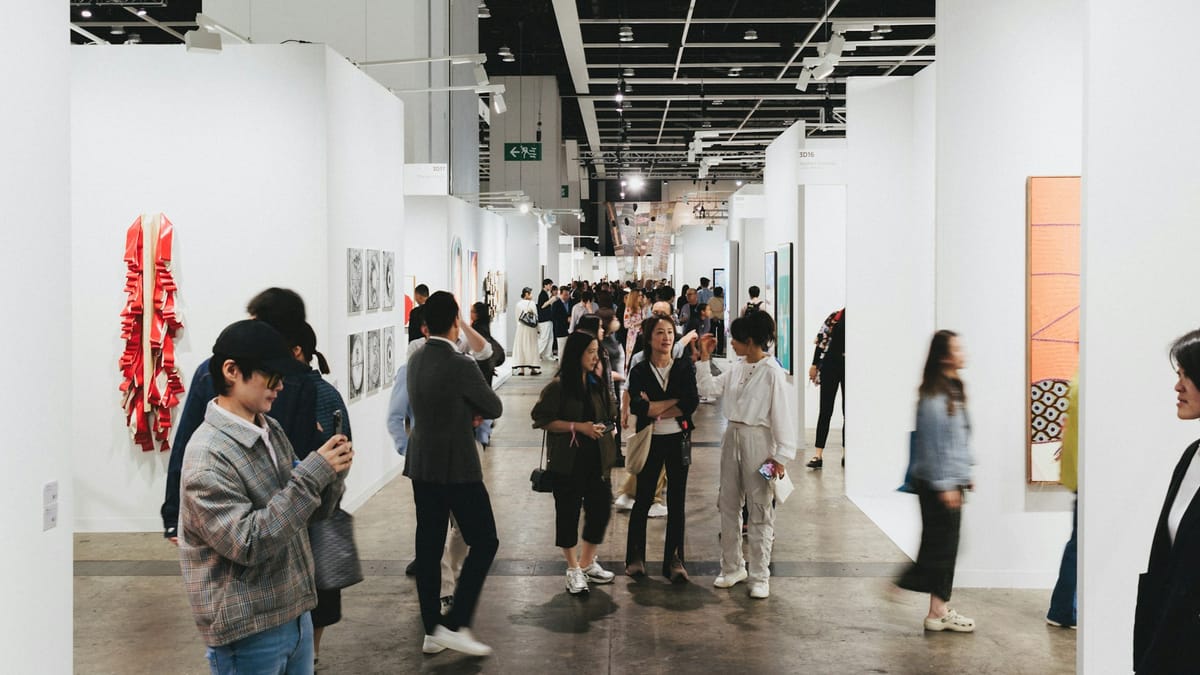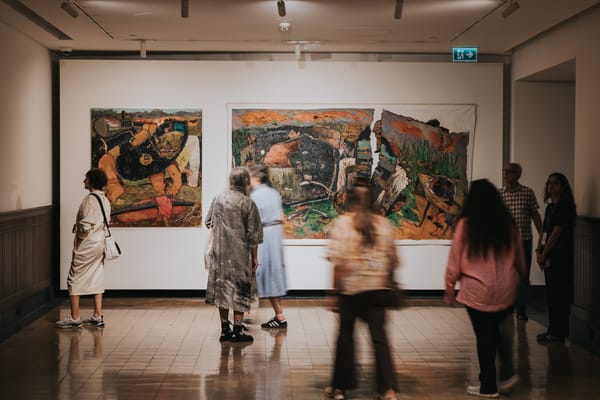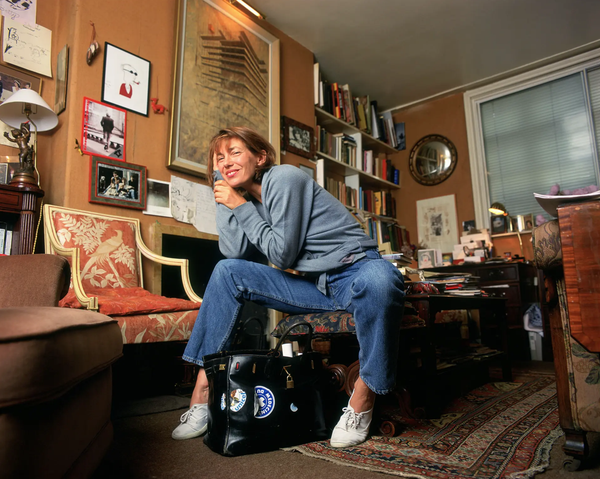Art Market Trends 2025: Why Collectors Are Returning to Blue-Chip Classics
From Old Masters to photography, buyers are abandoning digital speculation and seeking stability in proven, historically grounded art.

Blue-chip masters, outsider art, and emotionally resonant photography are reshaping the 2025 market as buyers seek stability and authenticity.
Art market retreats into certainty as collectors favor the familiar. After a decade of digital disruption, the art world has traded its sneakers for sensible shoes. The speculative heat that once defined post-pandemic collecting — from NFTs to AI-generated trophies — has cooled into a composed, almost deliberate restraint. Where hype once reigned, hesitation now sits. Risk has given way to legacy.
This October, London’s Frieze and Paris’s newly rebranded Art Basel echoed the same message. The standout sale at Frieze wasn’t a buzzy newcomer or a metaverse experiment but a Basquiat–Warhol collaboration that landed at $6 million. In Paris, Gerhard Richter dominated headlines with a late-1980s abstract that fetched $23 million, timed neatly with his Fondation Louis Vuitton retrospective. In uncertain times, collectors want certainty — and they’re willing to pay a premium for it.
Across the fairs, one sentiment kept surfacing: collectors aren’t looking for the next frontier. They’re looking for something they can explain to their children.
The Psychology of Safety
Market data underlines the shift. The 2025 UBS Art Market Report notes a sharp decline in sales of digital and AI-based work, matched by renewed strength in historical painting and postwar abstraction. The pivot isn’t just financial; it’s psychological.
Art mirrors the emotional weather of the moment, and today that weather is unsettled. Buyers want anchors, not experiments — works that feel tactile, durable, and rooted. The shift recalls earlier post-crisis moments, like the stabilizing blue-chip run after 2008, but this retreat feels more existential than economic. Collectors are seeking emotional insurance as much as aesthetic value.
The Return of Hierarchy
At Gagosian’s Paris presentation, the mood coalesced into a single tableau: a 17th-century Rubens hung beside works by John Currin and his contemporaries. To some, it was audacious; to others, a curatorial insurance policy. Either way, it made its point.
Art history hasn’t just held its ground — it’s reasserting its authority. In a year flooded with synthetic images, authenticity and authorship have regained their gravity. A small Rubens sketch now carries a psychological weight that no algorithmic painting can imitate.
The Outsider Reawakening
Yet beneath the classical calm, a parallel current is rising — one grounded not in novelty but in human intensity. Outsider art has moved from niche curiosity to moral counterpoint.
At Frieze Masters, The Gallery of Everything sold out its solo booth of Madge Gill within hours, with works headed to the Tate and other institutions. Gill’s intricate ink drawings — guided, in her words, by a “spirit figure” — feel unexpectedly aligned with a culture weary of frictionless, machine-made visuals. People want fingerprints again. They want the unmistakable trace of a human hand.
Photography’s Quiet Rebellion
Photography, too, has stepped back into the spotlight. Long overshadowed by painting, it has re-emerged as a quietly radical medium. According to the 2025 UBS–Art Basel survey, galleries report dramatic growth in photography buyers, especially among younger collectors crossing over from tech and design.
In a world saturated with synthetic imagery, real light hitting real surfaces suddenly feels subversive. Collectors are buying emotionally, responding to narrative and atmosphere rather than market forecasts. Photography has become proof that truth — or at least the possibility of it — still matters.
A New Kind of Patron
Perhaps the quietest shift is also the most consequential: the rise of a new collector profile. Younger, more female, more global, and more civic-minded, this cohort treats art less as investment and more as alignment. They favor purpose over prestige, and they’re as likely to support an artist residency or archive digitization as to buy a canvas.
At Paris Photo, a group of under-40 collectors even formed an informal consortium to fund the preservation of underrepresented photographic archives. Ownership, while still important, is no longer the only metric of engagement. Participation is gaining ground.
The Calm After the Storm
From a distance, the art market’s turn toward caution reads almost meditative. After a decade of acceleration — crypto booms, AI exuberance, and algorithmic abundance — 2025 feels like an exhale. The pendulum has swung from speculation to substance.
This isn’t simply a correction in prices. It’s a correction in attitude. Patience has re-entered the art world’s vocabulary — and patience, in a culture built on acceleration, may be the rarest luxury of all.
The Art of Stillness
There’s an irony in calling this moment conservative. In an ecosystem obsessed with disruption, choosing continuity is its own form of resistance. Museums are pairing Old Masters with postmodern icons; collectors are prioritizing craft and history over the next wave of digital novelty.
The art world has weathered every kind of boom and bust, but rarely has it looked inward with such clarity. The new avant-garde isn’t chaos. It’s calm.
© ART Walkway 2025. All Rights Reserved.





